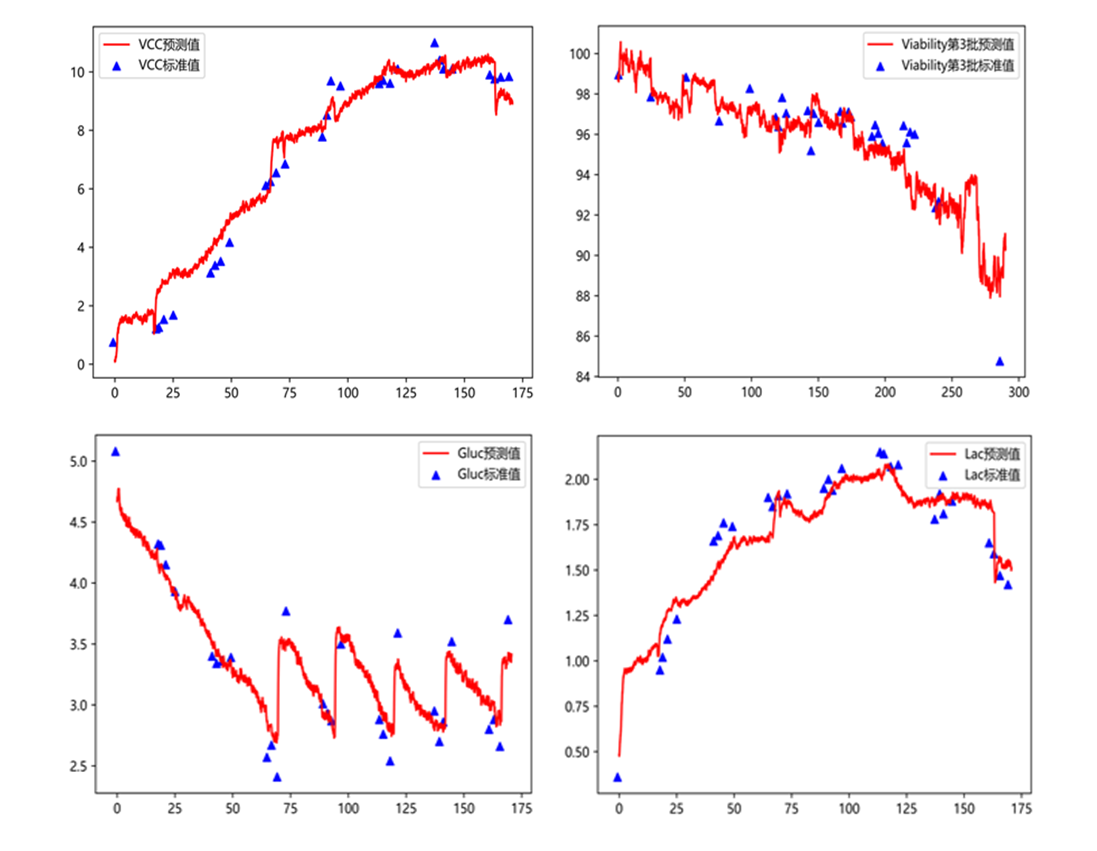Cell culture refers to the cultivation of cells in an artificial simulated in vivo environment (sterile, suitable temperature, pH, and certain nutritional conditions) in vitro, used to observe and study the necessary conditions for living cells to respond to the environment, as well as for cell growth, reproduction, and maintenance of their main structure and function.
During the process of cell culture, the metabolic products of cells can cause changes in their living environment. At this time, certain detection methods are needed to understand the content of important substances in the culture medium, such as glucose, lactate, glutamine, and other components. It is necessary to adjust according to specific changes to maintain a healthy growth environment for cells. The subwavelength photon Raman analyzer can be used to monitor important components of the culture medium throughout the cell culture process, maintaining the smooth progress of cell culture.
The following figures show the predicted process curves of live cell concentration (Vcc), cell activity (Viability), glucose (Gluc), and lactate (Lac) mass concentration. The red curve represents the predicted value, and the separated blue triangle points represent the standard value. As shown in the figure, during the real-time change process, the predicted values of various parameter indicators are consistent with the standard values. This indicates that the Raman analyzer provided by subwave photons can monitor the real-time changes of various indicators during the cell growth process, and has the ability to conduct real-time online testing and analysis of key parameters in the cell culture process.
In the later stage of the experiment, the model data can be continuously updated, and the more data, the better the prediction accuracy of the Raman analyzer.
